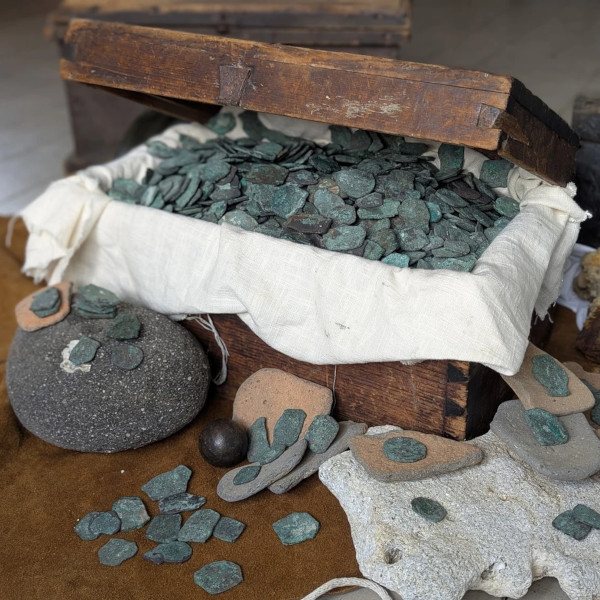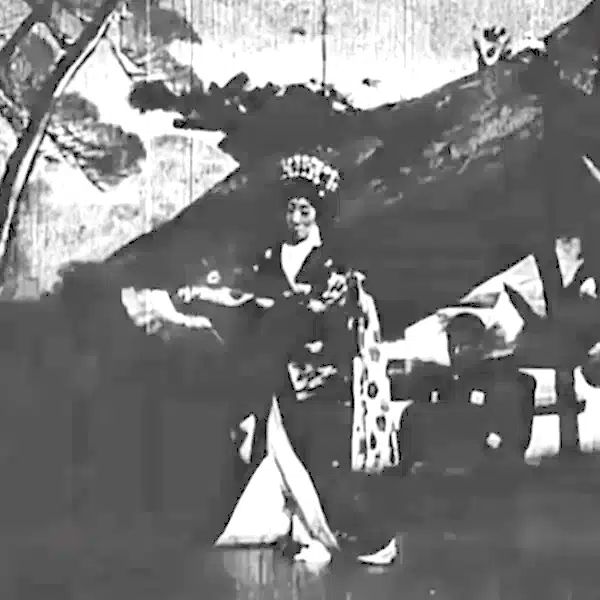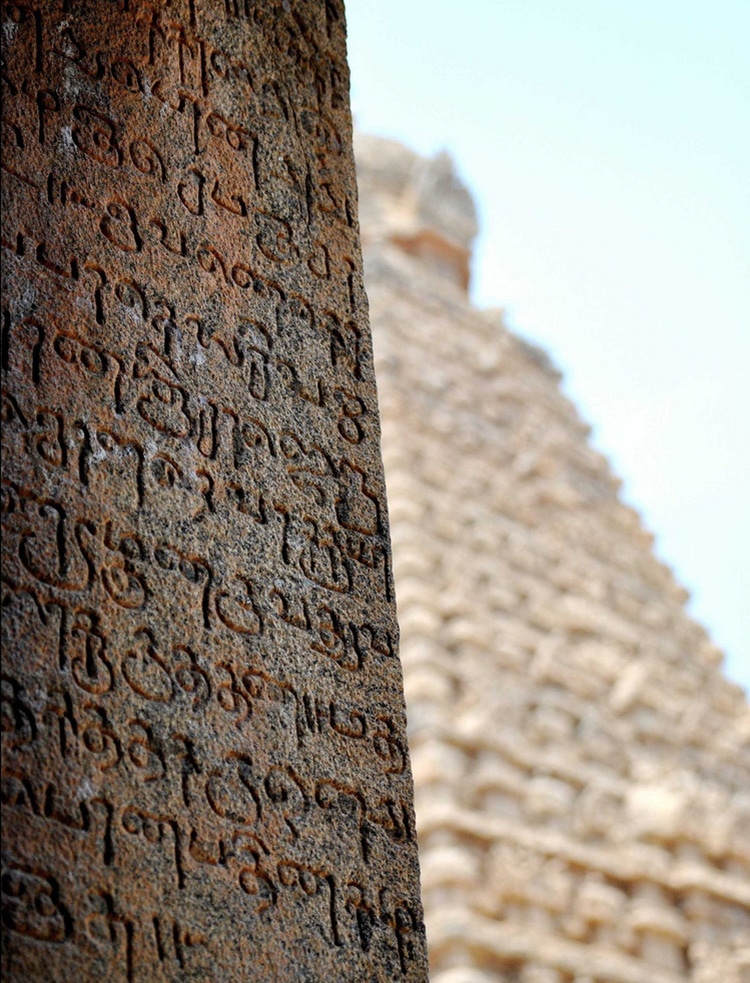
Tamil inscriptions on a Bragadeeshwara Temple in Tanjavur, Tamil Nadu, India. (Photo: Shivz Photography via Wikimedia Commons, CC BY 2.0)
Linguists frequently debate the origins of language, aided by anthropologists and biologists in trying to determine just when, why, and how humans began to communicate verbally—estimates range from 50,000 to 2 million years ago. But no matter when speech evolved, language has become the defining feature of the human condition. While words spoken aloud may vanish into the air of history, words written down last generations and millennia. These written texts give us clues to determining what are the oldest languages in the world that are still spoken today.
Of course, it isn’t completely straightforward. These languages may still exist, but that’s not to say they haven’t evolved over time. For one thing, many of the oldest languages are clear ancestors of modern versions, yet modern speakers would be only partially, or perhaps totally, unable to understand ancient ones. For example, Greek has been spoken for over 3,000 years. However, ancient philosophers speaking “Koine” Greek would find it difficult to understand modern Greeks and vice versa. Similarly, Hebrew—also over 3,000 years old—is very different when overheard on the streets of modern Israel than it would have been 3,000 years prior in the same region. Interestingly, Hebrew as a conversational (as opposed to liturgical) language fell out of use after about 200 CE and did not rebound until the 18th century.
Tamil, a Dravidian language, is likewise quite ancient. It is a classical, literary language spoken by many millions across Tamil Nadu (an Indian state), Sri-Lanka, Malaysia, and Singapore. The oldest extant Tamil literature, Tolkāppiyam, was likely written by a Jain monk around 200 CE. Other ancient languages still spoken today include Arabic (dating back to the 8th century BCE), Chinese (it's archaic form stretches back 3,000 years with quite a rich literature tradition), and Sanskrit (the language of the Vedas, also over 3,000 years old, although it is spoken by rather few people as a primary language today). Latin, while ancient, is not spoken conversationally. Some languages are ancient mysteries, too, such as Euskera, the ancient language of the Basque Country, and Lithuanian and Latvian, all of which are very isolated on the language family tree.
If you are interested in learning more about the evolution of other ancient languages, such as Gaelic, there are wealths of fascinating studies to explore.
Hebrew, Aramaic, Tamil, Chinese, and Greek are among the oldest languages which are still spoken in some form today.
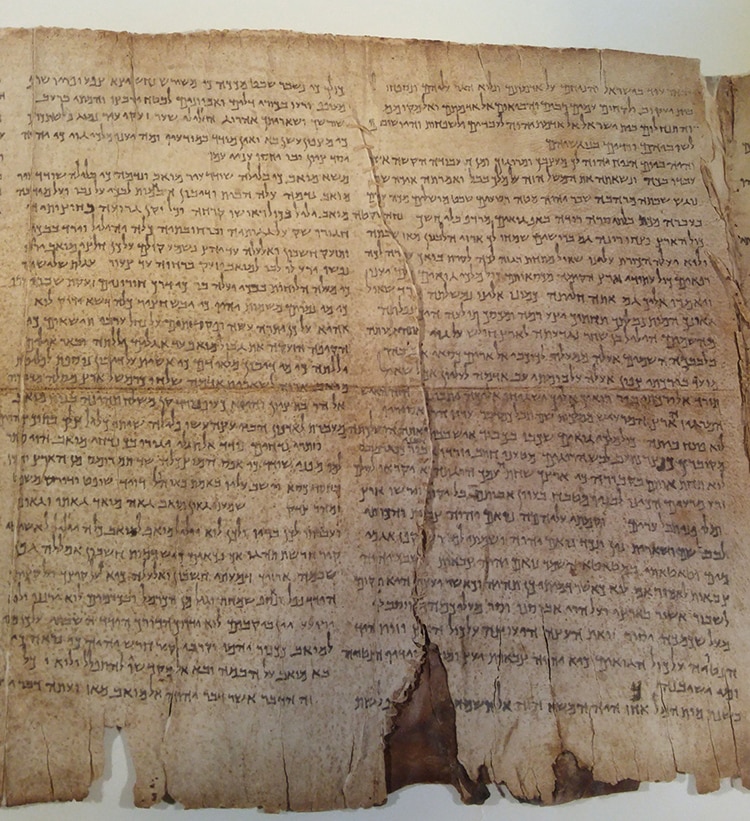
A facsimile of the Great Isaiah Scroll, a second century B.C.E Dead Sea Scroll in Hebrew. (Photo: Wikimedia Commons, Public domain)
For example, the oldest archaic Hebrew inscriptions are 3,000 years old. Today, a version of the language is still spoken by millions around the world, despite being rarely used beyond Jewish liturgy for the period from about 200 CE to 1800.
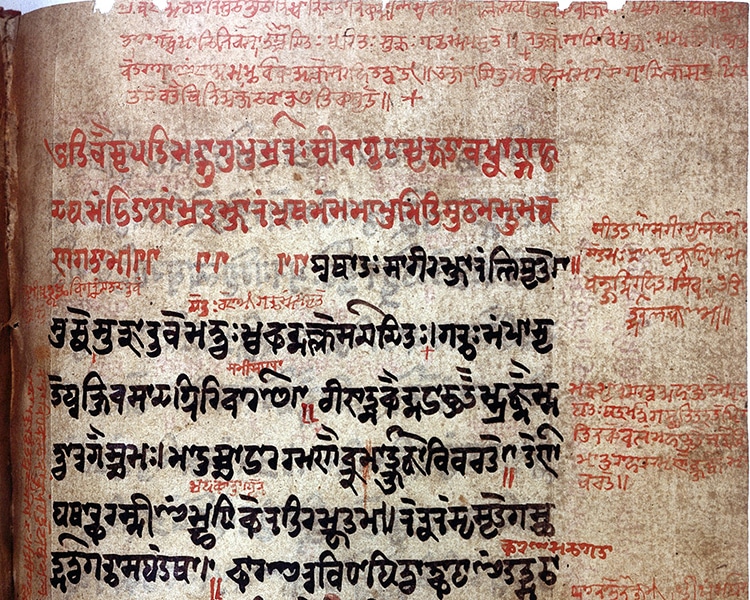
Text from a Sanskrit Manuscript on medicine in the Wellcome Library, London. (Photo: Wikimedia Commons, CC BY 4.0)
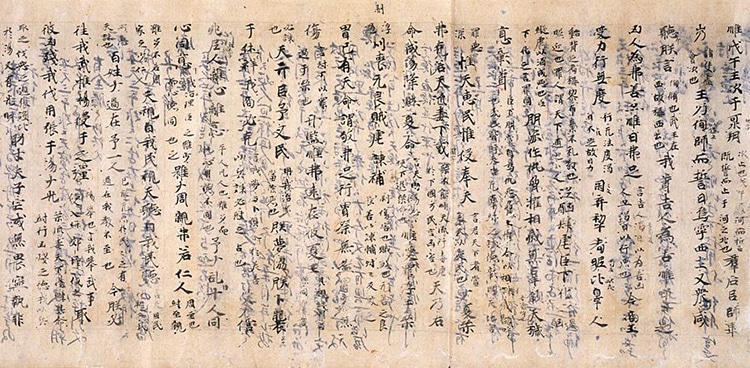
“The Book of Documents” (Shūjīng), a classic of Chinese literature. This copy dates to the 7th century CE. (Photo: Wikimedia Commons, Public domain)
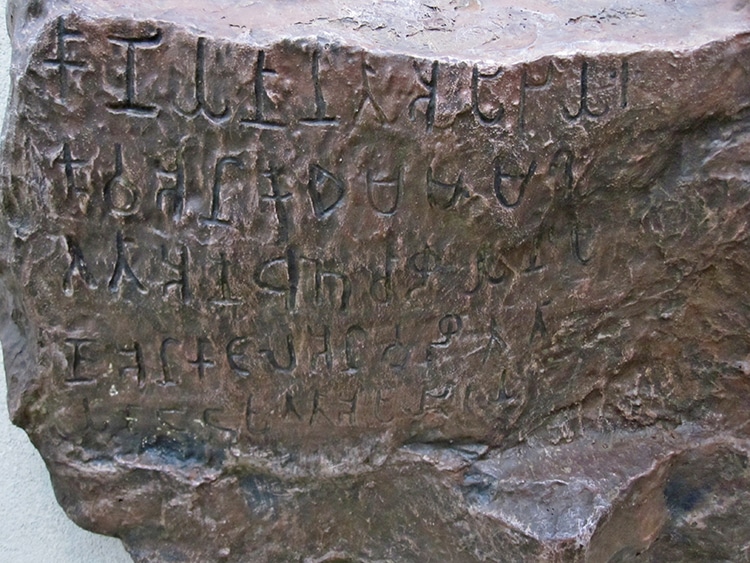
A Tamil inscription from the second century CE. (Photo: Sodabottle via Wikimedia Commons, CC BY-SA 3.0)
h/t: [IFl Science]
Related Articles:
Discover Your Historical Alter Ego: Which Iconic Figure From the Past Are You? [Quiz]
Explore the World Through Medieval Eyes on a Map Called the ‘Hereford Mappa Mundi’
This 1,288-Word Run-On Sentence Broke Records and Inspired Hundreds of Modern Writers
In 1933, Helen Keller Wrote a Letter to Book-Burning Nazis About the Power of Ideas



















































































